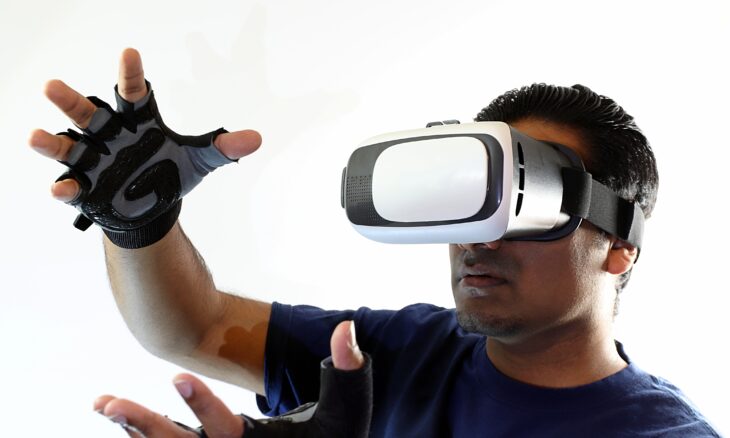Sharp Reveals Experimental VR Glove with Tactile Features
Sharp Corporation has entered the emerging world of virtual reality haptics with the introduction of a glove-shaped controller designed to simulate a wide range of touch sensations. Although still in the early stages of development, this new piece of hardware aims to enhance tactile immersion in PC gaming and VR environments, offering users the chance to experience more than just visual and auditory stimuli.
The glove, which is being marketed as a pair, carries a provisional price tag of approximately ¥100,000. This translates to around $667 or £504 at current exchange rates. For that figure, Sharp promises more than basic vibration. The device is designed to deliver not only traditional haptic feedback but also textured sensations, potentially adding a new layer of realism to digital interactions. However, the company has been upfront about the limitations of the prototype and the uncertain future of the project.
According to information available on Sharp’s official site, the VR glove may never make it to final production. The company has issued a disclaimer, loosely translated by machine, which states that development could be halted due to unspecified circumstances. Furthermore, even if the glove does proceed to market, it will not include certain advanced features that some might expect from a high-end VR accessory. Specifically, it will lack force feedback, nuanced finger-tracking, and the capacity to simulate temperature variations such as heat or cold.
The technology behind the glove centres on vibration-based feedback mechanisms. Each fingertip is equipped with a segmented panel capable of varying its vibrational patterns to replicate different textures and sensations. While this approach focuses primarily on the fingertips, only one part of the tactile equation, it represents a notable attempt to replicate real-world sensation within virtual spaces. Sharp’s use of the term “vibrator” in the translated promotional materials may not have helped public perception, inadvertently adding a level of awkwardness to the announcement.
In addition to its hardware capabilities, the glove is intended to be compatible with customisable software. This platform is designed to let users edit or create tactile feedback experiences depending on their comfort level with coding. The idea is to make the glove appealing to both seasoned developers and curious hobbyists, though the open-ended nature of such a feature has raised eyebrows about what kinds of user-generated content might emerge.
Despite the novelty of the project, scepticism remains. Sharp’s promotional efforts have leaned heavily on anime-themed visuals, including imagery that depicts interactions with virtual characters. This marketing angle has sparked mixed reactions, particularly among those who question the decision to associate advanced haptic technology with fantasy-driven scenarios. While some may see it as creative branding, others view it as a distraction from the glove’s broader potential applications.
Though pre-registration for the glove has already closed, Sharp’s effort is just one in a growing field of devices that aim to bring touch into digital experiences. Other products, such as haptic vests and more experimental technologies like Razer’s Sensa gear or the Shiftly tactile feedback device, are similarly pushing the envelope. Streamers like GingasVR have already showcased immersive setups that incorporate elements like simulated weather and physical discomfort, indicating that there’s a growing demand for deeper sensory engagement in VR.
Ultimately, whether Sharp’s glove becomes a consumer product or remains a conceptual exploration, it highlights the ongoing interest in making virtual reality feel more tangible. As developers and manufacturers continue to experiment with tactile solutions, users may find themselves one step closer to physically interacting with digital environments in ways once reserved for science fiction.










